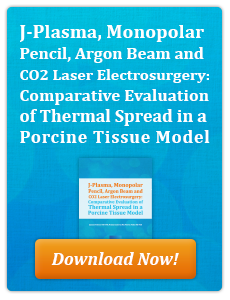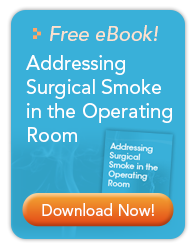 Years ago, the most common surgical procedures performed on companion animals consisted of spaying or neutering. The fact is, that many of these pets will require some other type of surgery during their lifetimes. Veterinarians routinely perform surgery to remove cancerous tumors or repair hip dysplasia and anterior cruciate ligament in dogs.
Years ago, the most common surgical procedures performed on companion animals consisted of spaying or neutering. The fact is, that many of these pets will require some other type of surgery during their lifetimes. Veterinarians routinely perform surgery to remove cancerous tumors or repair hip dysplasia and anterior cruciate ligament in dogs.
Today, powerful advanced technology in digital imaging and high resolution systems allow veterinarians to detect, assess and treat a wide range of conditions, which affect the health and well-being of pets.
Similar to advances made in surgical care for humans, pet owners now have cutting-edge surgical solutions that were not available just a few years ago, including the three treatments outlined below.
Total Knee Replacement
Veterinarians commonly employ drug therapies or other methods to control arthritis in canines. Sometimes, dogs will not respond to standard medical treatment or certain surgical management procedures. For these pets, Total Knee Replacement (TKR) has become a viable option for eliminating pain and/or disability related to knee arthritis. This surgical procedure replaces damaged joint surfaces with a prosthetic that is designed to restore pain-free knee functions.
The device consists of a metal component attached to the end of the femur and a polyethylene part connected to the tibia. TKR components fabricates new surfaces that mirror the normal movement of the joint.
TKR surgery requires the surgeon to expose the joint by make making an incision on the side of the knee. The natural joint surfaces are replaced with TKR components. The surgeon ensures the stability of the knee and that the prosthetic moves smoothly through a full range of motion.
Jawbone Reconstruction
Boaz Arzi and Frank Verstraete, two veterinary surgeons and biomedical engineers at the University of California, Davis, have been at the forefront of maxillofacial reconstruction for animals. They have performed reconstruction surgery for animals that have suffered debilitating injuries—split heads, disfiguring tumors, dislocated jaws, and severely damaged faces-- even a dog that had its entire snout and upper jaw severed by a speeding motorcycle.
In the past, these animals would have been euthanized because the surgical procedures necessary to restore them to a healthy state simply did not exist. Now, “we can fix them,” said Dr. Verstraete.
The reconstructive surgery procedures, which are as advance as any techniques used in human medicine, include:
-
Skin and bone grafts
-
Nose jobs
-
Therapeutic eye lifts
Innovative technologies and more specialists involved in general veterinary practices have made reconstructive surgical procedures more of a possibility. In addition, similar to their human companions, pets are living longer. This phenomenon increases the probability of diseases like cancer and other conditions which require surgery.
Balloon Valvuloplasty
Certain dog breeds, including bulldogs, boxers and terriers, have a susceptibility to a congenital heart disease known as Pulmonic Stenosis. According to Cornell University Hospital for Animals, Pulmonic Stenosis consists of a congenital heart defect of the semilunar valve, which is situated between the right ventricle and the pulmonary artery. The leaflets of the semilunar valve may thicken or partially fuse together. Sometimes, the annulus--the valve’s supporting structure, can also narrow.
The condition causes a very mild to extreme obstruction of blood flow from the heart to the lungs. The corrective surgical procedure, which is called "Balloon Valvuloplasty," entails the insertion of special catheters and a balloon, which is inflated. The treatment opens the restricted valve leaflets and allows more blood to flow.
For over 30 years, Bovie Medical has supplied innovative products for the medical and veterinary community. The company specializes in the manufacture of electrosurgical generators, including the Aaron® 1250-V and the Bovie® 2350-V specifically for veterinary applications, as well as larger more sophisticated systems like the Bovie® 3350-V, 300 watt units.
Image courtesy of: rear_window_00/ Pixabay.com








